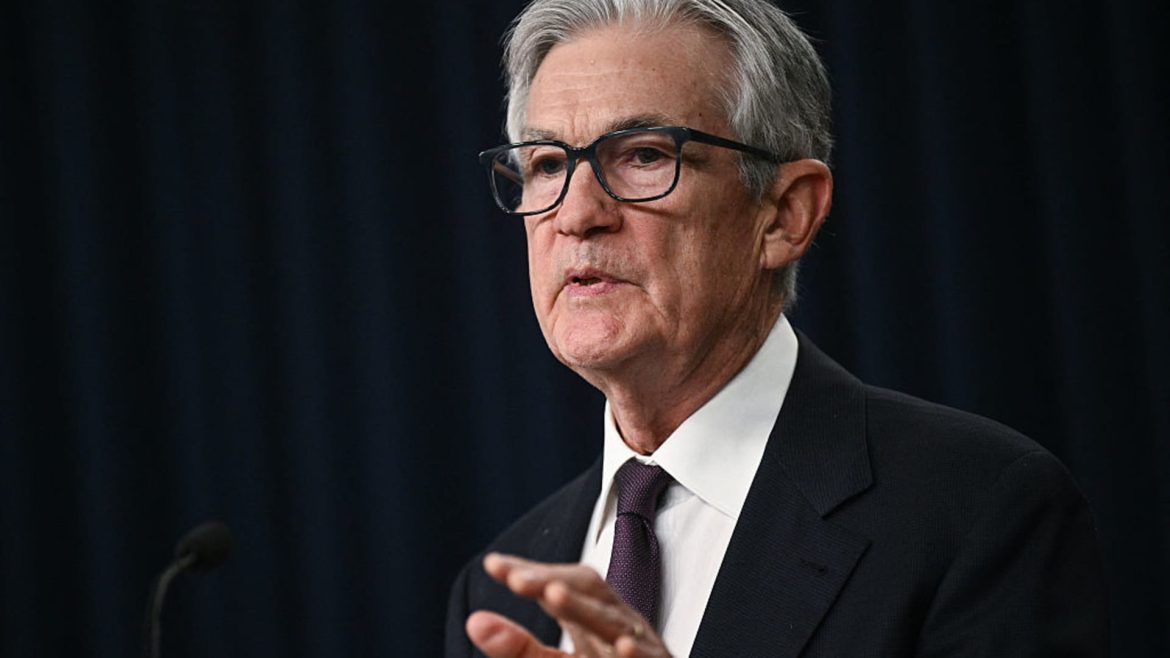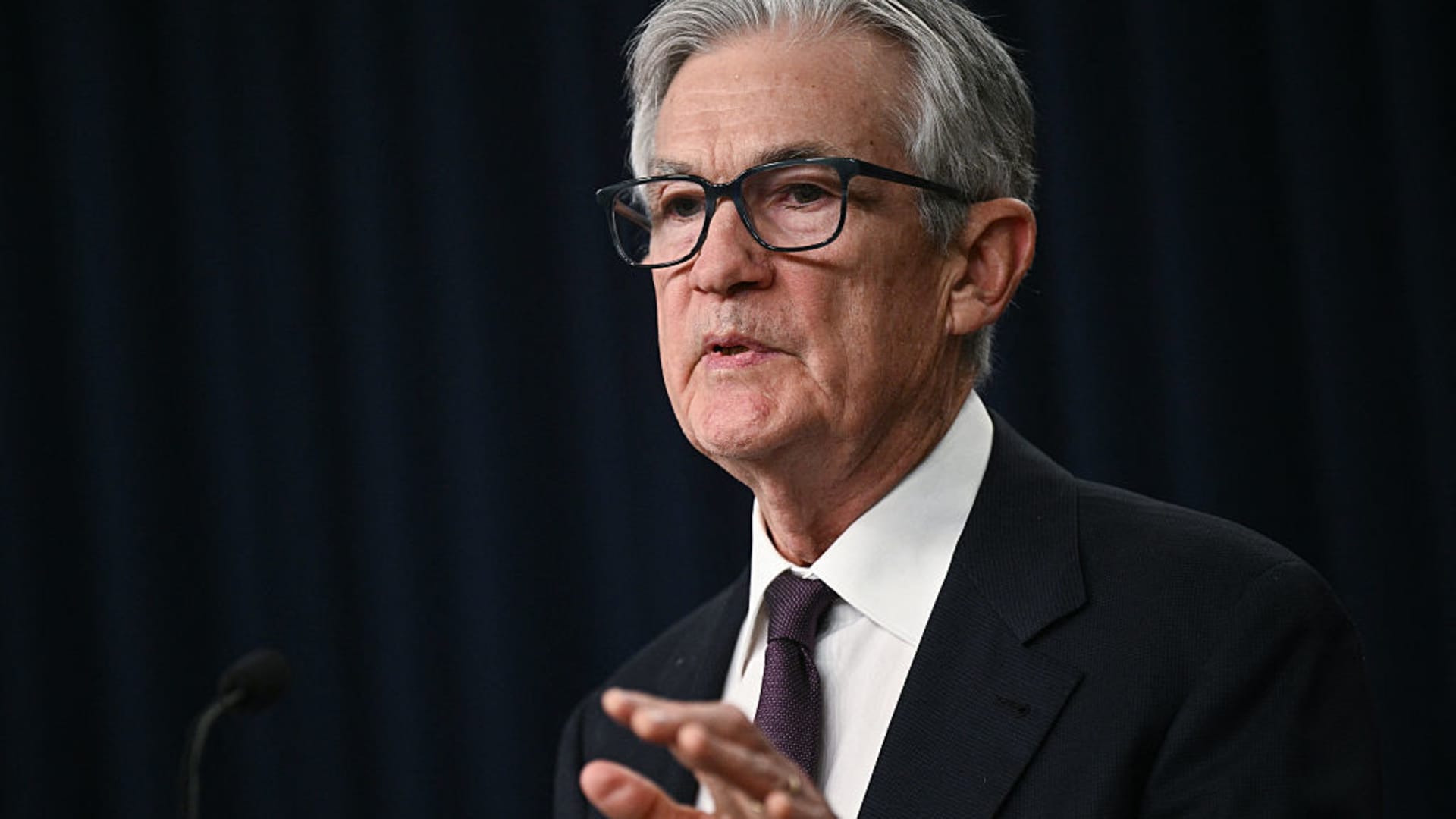Analyzing Federal Reserve Chair Jerome Powell’s Monetary Policy Approach in 2025
The collection of recent documents and news reports surrounding Federal Reserve Chair Jerome Powell’s remarks and decisions throughout 2025 paints a complex picture of the American economy and the policy challenges facing the Fed. This analysis delves into the evolving stance on interest rates, concerns over inflation and unemployment, the influence of tariffs and supply shocks, and the overall outlook for U.S. monetary policy. The themes reflect a Fed navigating uncertain terrain between recession risks, inflation control, and geopolitical-economic headwinds.
The Balancing Act: Inflation, Unemployment, and Interest Rates
At the heart of Chair Powell’s messaging is the Fed’s traditional dual mandate—to promote maximum employment and stable prices—now complicated by atypical circumstances such as tariffs and supply disruptions.
Inflation and Price Stability Challenges
Inflation remains a persistent concern, with Powell warning repeatedly about higher inflation risks driven largely by “negative supply shocks”—chiefly tariffs and disrupted supply chains—which tend to push prices upward even as they constrain output. Unlike demand-driven inflation, these supply shocks pose a unique challenge: tightening monetary policy to curb inflation could concurrently depress employment and economic growth more than usual.
Powell emphasized that restoring price stability will require “using our tools forcefully” but with caution to avoid amplifying job losses. This calibrated policy approach recognizes that while inflation has moderated from previous peaks (around 2.4% as noted), the Fed must remain vigilant against “stagflationary” pressures where inflation and unemployment rise together, an especially difficult scenario for monetary policy.
Interest Rate Decisions Amid Uncertainty
The Fed’s interest rate policy reflects careful navigation between these conflicting pressures. Powell has signaled a shift from aggressive rate hikes to a “wait for greater clarity” posture, maintaining rates steady at a relatively high range (4.25% to 4.5%) as of early May 2025. This pause aims to assess how recent shocks—particularly tariff-driven supply impacts—are unfolding and to avoid premature easing that could reignite inflation.
Several reports forecast a “higher-for-longer” interest rate environment, suggesting the Fed is unlikely to cut rates soon despite market hopes. Powell confirmed that rate cuts will depend on sustained inflation easing and clearer economic signals. Meanwhile, rising long-term interest rates reflect market expectations of continued elevated costs of capital in a changed economic landscape.
Tariffs and Supply Shocks: A New Breach in Monetary Policy Assumptions
A recurring theme in Powell’s speeches is the outsized role tariffs now play as economic shocks. Described as a “negative supply shock,” tariffs increase the cost of imported goods and inputs, pushing prices upward while constraining supply.
Economic and Policy Implications of Tariffs
Unlike transient price jumps in volatile categories such as food and energy, tariff-induced price increases risk becoming more persistent, eroding trust in the Fed’s ability to clamp down on inflation. Powell and Fed Governor Christopher Waller warned that this new tariff policy represents “one of the biggest shocks to affect the U.S. economy in many decades,” with the potential to fuel prolonged stagflation.
The Fed’s dilemma lies in deciding whether to tighten monetary policy aggressively to fight inflation—thereby risking higher unemployment—or to tolerate somewhat higher inflation to preserve jobs amid “amplified” adverse effects from tariffs. This question has no easy answer and exemplifies the challenging policy balancing act in 2025.
Economic Outlook: Risks of Recession and Stagflation
A number of economists and Fed officials acknowledge increasing odds of a recession, driven by the combined effects of slower growth, persistent inflation, and elevated interest rates.
Signs Pointing Toward a Stagflation Scenario
Powell’s remarks at various conferences and press interactions highlight fears of “stagflation” — the simultaneous occurrence of stagnating economic growth and inflation. Such conditions make policy responses more difficult since rate cuts to spur growth could worsen inflation, while further rate hikes to combat inflation could deepen economic slowdown and unemployment.
This nuanced economic landscape has led the Fed to maintain a cautious stance, holding rates steady even as market participants debate the timing and magnitude of eventual rate cuts. There is broad consensus that monetary policy “cannot be pre-emptive” and must be data-dependent, with patience until greater economic clarity emerges.
Impact on Financial Markets and Businesses
For investors and businesses, the environment portends a longer stretch of elevated borrowing costs and uncertain returns. The Fed’s “patient” approach signals an unwillingness to intervene solely to prop up financial markets, reinforcing the Fed’s commitment to price stability over short-term market sentiment.
This means capital costs remain elevated, influencing investment and hiring decisions. A protracted period of higher rates may dampen economic expansion but could ultimately help tether inflation expectations.
Looking Ahead: Navigating Monetary Policy Amid Uncertainty
The Federal Reserve under Powell faces an unusually challenging environment in 2025, shaped by persistent inflationary pressures rooted in supply-chain and geopolitical shocks, an uncertain economic growth trajectory, and evolving market expectations on interest rates.
Key Takeaways
– The Fed is balancing its dual mandate amid supply-driven inflation and risks of economic slowdown, opting for caution over rapid shifts in policy.
– Tariffs introduce novel complications to the inflation outlook, requiring more nuanced approaches to monetary tightening to avoid exacerbating unemployment.
– Interest rates are likely to remain elevated “for longer,” with rate cuts deferred until clearer signs emerge of sustained inflation reduction and economic stability.
– Risks of stagflation remain real, complicating traditional monetary policy frameworks and demanding increased vigilance.
– Financial markets and businesses should prepare for extended periods of higher borrowing costs, adjusting strategies accordingly.
Conclusion: A Federal Reserve Poised for Patience and Precision
Jerome Powell’s 2025 policy approach reflects an acute awareness of the precarious economic balance the U.S. faces. Steering between inflation combat and growth support amid tariff shocks requires a “careful” and “data-driven” stance, rather than aggressive maneuvers. This patient yet firm posture aims to safeguard long-term economic health without igniting recessionary risks prematurely.
As the year unfolds, all eyes remain on evolving economic data and how effectively the Fed’s tools can bring demand and supply into alignment again. In this era of “higher-for-longer” rates and persistent uncertainty, Powell’s Fed embodies the complex art of monetary policy under pressure, exercising caution and calibration over haste.


